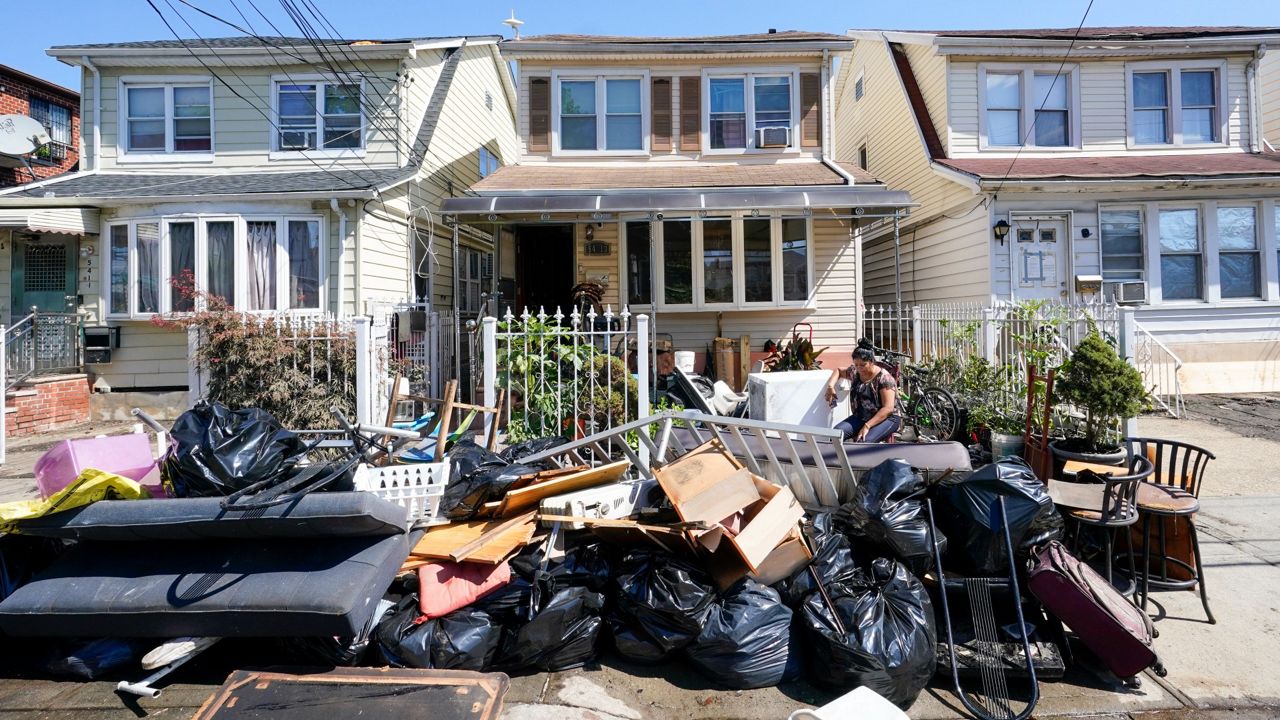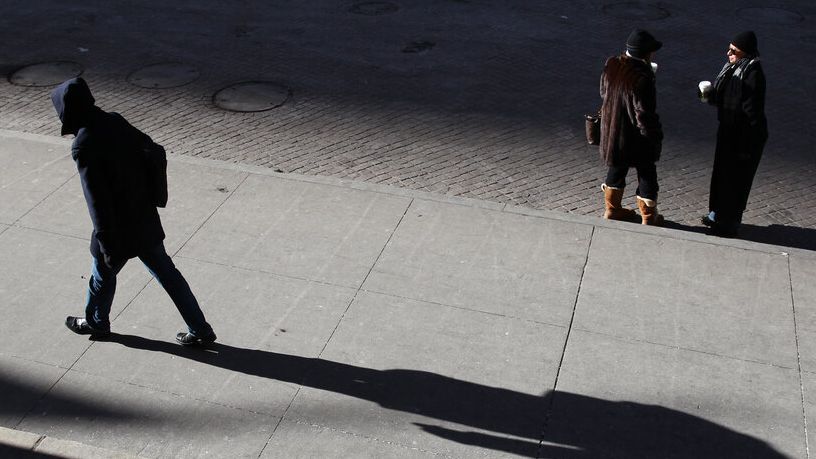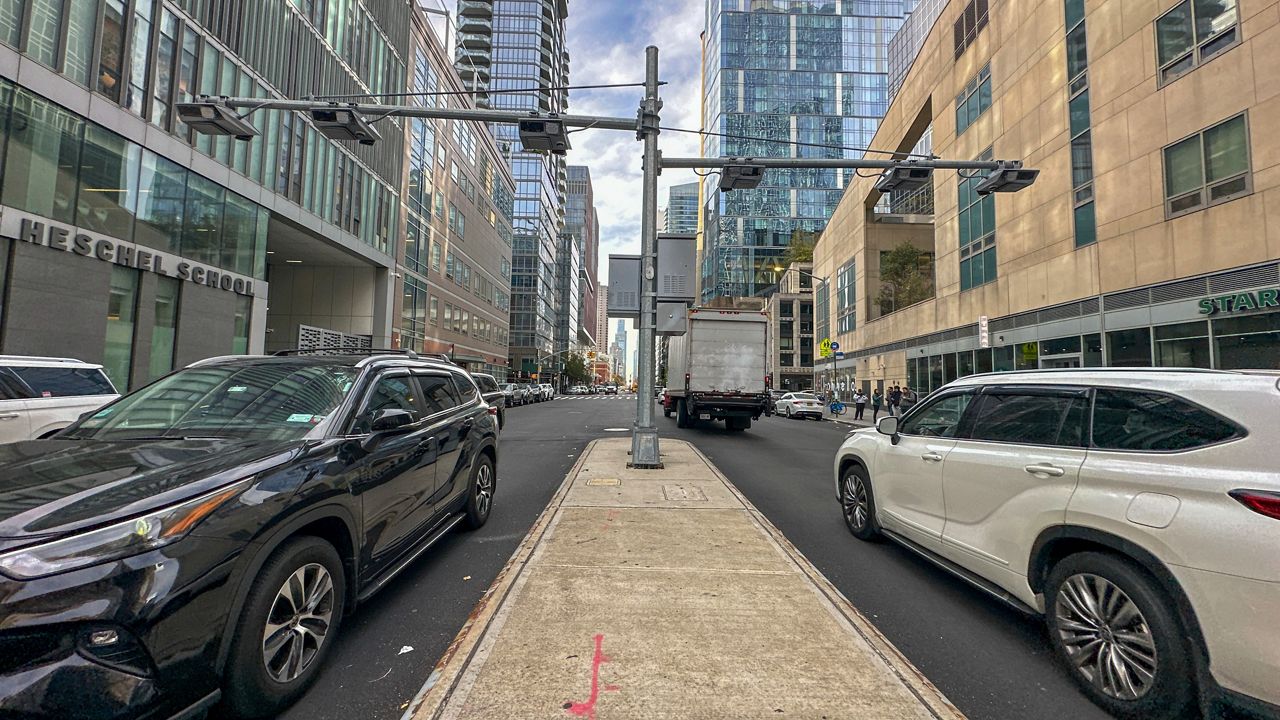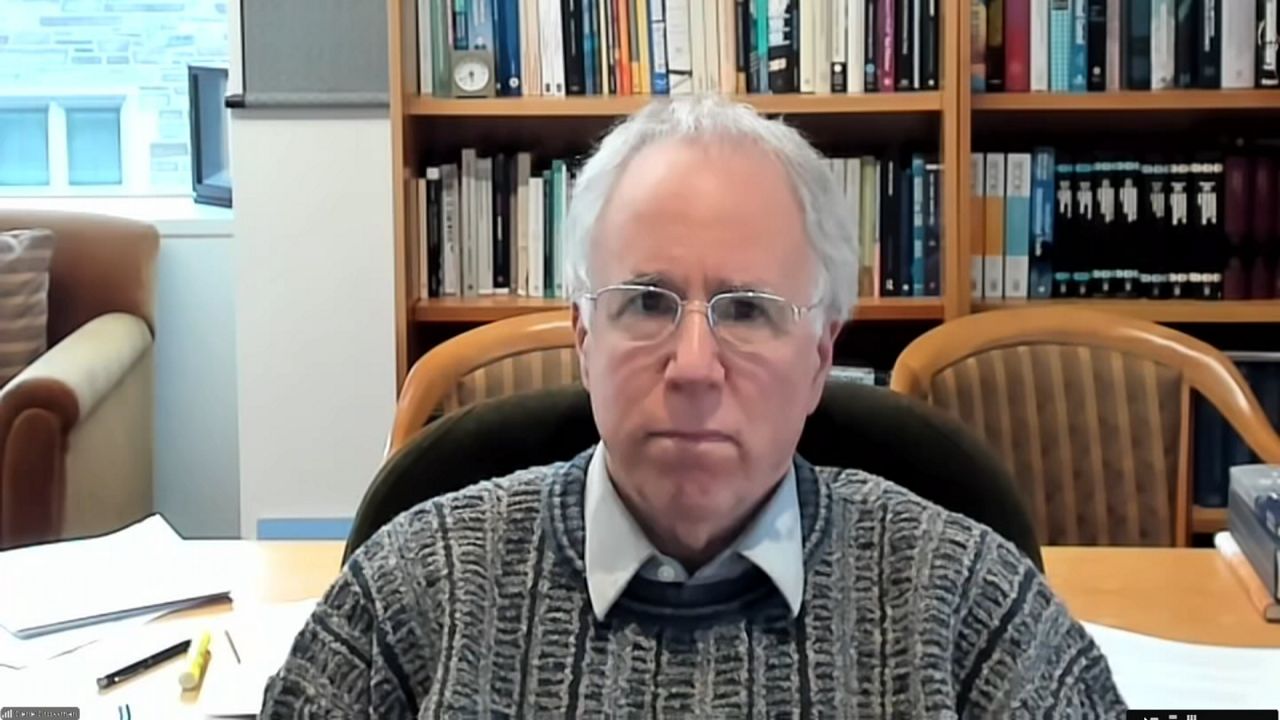A $27 million state program created after Hurricane Ida to distribute relief to undocumented immigrants impacted by the storm has only distributed a fraction of available funds, according to the state.
The state has distributed $725,674 total through the program more than five months after deadly floods inundated some predominantly immigrant areas, such as central Queens, and took a high toll on the basement apartments where many people without immigration status live.
The average aid amount is about $5,000, according to the state.
The program also unexpectedly required hundreds of potential applicants to instead pursue relief through the federal government. The program excluded anyone who met the Federal Emergency Management Agency’s eligibility rules, which allow applications from anyone who has even one documented person in their household.
That left many people – such as those families where only the youngest child is a U.S. citizen, or who live with a roommate who has a green card – in a difficult gray zone. They had no recourse to the state program, and often struggled to meet FEMA’s more stringent requirements for proof of rent and ownership of household items.
Nonprofit groups that handled the application process and distributed the state aid said the program needs to change its rules to allow for more applications from undocumented families in the wake of catastrophic weather events.
“We worked really hard to find ways in which to get funds to people, and we found it very difficult,” said Carola Bracco, the executive director of Neighbors Link, a service and education provider for immigrant families throughout the metro area based in Mount Kisco, N.Y.
Mercedes Padilla, a spokesperson for the New York Department of State, which runs the program, said it was designed to help families that did not meet FEMA’s eligibility criteria.
“This program, which had never been done before, has assisted hundreds of families who otherwise would not have received any aid, helping immigrant New Yorkers rebuild their lives after the devastating storm,” Padilla said in a statement.
‘I think that left out a lot of people’
Gov. Kathy Hochul launched the state’s program a little more than three weeks after the storm hit the region, causing heavy rains that led to flash floods. In New York City, 13 people died from the floods, nearly all immigrants.
The fund was signaled to be for “undocumented New Yorkers,” as Hochul said in a statement announcing the fund.
Nonprofit groups like Neighbors Link were given grant funding to hire additional workers to conduct outreach in immigrant communities and help families gather documentation and file applications for the program.
Make The Road, an immigrant advocacy group and services provider, quickly received inquiries for the program from more than 700 people, according to internal numbers provided by Becca Telzak, a deputy director for the organization.
“We were shocked, to be honest, in the beginning, to see the high volume of folks reaching out, very desperate for funding in really, really dire situations,” Telzak said.
But Telzak, Bracco and others quickly realized that the state’s eligibility rules cut out more than half of potential applicants, because one person in their “household” had immigration documentation.
Many applicants lived in illegally converted basements with several roommates who they did not know, one of whom may be documented, and with whom they had no financial relationships. Some had just one person in their family, such as an infant child, with any immigration papers.
“I think that left out a lot of people who could have been able to benefit from a program like this,” Telzak said.
Make The Road initiated 306 applications for the state program, and referred 352 people to FEMA.
For the whole program, according to numbers provided by Padilla, the state saw 528 people start applications with nonprofit groups, and referred 587 people to FEMA.
For the state program, applicants in some cases could self-certify, using a notary, that they owned certain items, something FEMA does not allow except in limited cases, including for homeowners.
Zella Campbell, a spokesperson for FEMA, said it did not track how many applicants for Ida relief are undocumented.
“We do not track the registration status of undocumented survivors as we do not want to discourage impacted survivors from applying for assistance due to fear that their personal information will be shared with other components within DHS, especially those involved with immigration issues,” Campbell said in an emailed statement.
As of Jan. 24, FEMA had received more than 61,670 applications from New York City, with $283 million in relief approved, according to numbers provided by Campbell, with an average payout of just under $4,600.
Bracco and Telzak said their organizations were unable to follow up with every person they referred to FEMA, and it’s unclear to them how many people they referred to the agency ended up applying for aid.
So far, 139 people have received funds from the state, Padilla said, with hundreds of other people still working on their applications or awaiting their checks.
Bracco and Telzak said their organizations only had the capacity to assist with applications for the state program, and were not aware of many organizations that offered direct assistance for FEMA applications.
Many constituent services offices of elected officials tried to meet that need, they said, but the application processes were time-consuming, and difficult to do without hiring additional workers.
“When we have a constituent that may come in here, in a situation like this, it may take about an hour just to get the information from someone,” said Council Member Francisco Moya, who represents a central Queens district that saw significant damage from Ida.
‘No way that’s going to replace everything that’s lost’
Telzak and Bracco say that the state’s program has brought much-needed assistance to many families. Applicants requested money to cover clothing, furniture, household appliances, computers, cellphones and cars.
Yet in many cases, the applicants did not have documentation proving these items were theirs. Many undocumented families pay rent in cash, without a lease agreement. If they could afford a car, they may have had a friend or relative with a legal immigration status hold the car title in their name.
Bracco said that applicants also had difficulty gathering documentation that they needed certain items, such as a computer, for work, since their employers were not always willing to confirm that they had hired the applicants for work.
“If you're a housekeeper, and you clean five or six homes a week, you absolutely need your cellphone or computer to schedule, to purchase supplies,” Bracco said.
Many families lived in illegal basement apartments that were completely flooded by the storm, and Telzak said she worried that few applicants received funding to cover all their losses.
“Seeing water up to the ceiling, and then they’re eligible for $5,000, there’s no way that’s going to replace everything that they lost,” Telzak said.
Many applicants to FEMA have also complained of receiving amounts far smaller than their needs, especially for home repairs to flooded basements.
The program stopped accepting applications on Jan. 4, and a few hundred people remain to receive funds. Even if the several hundred remaining applicants receive the average payout so far – about $5,000 – the fund will likely have more than $24 million left over.
Padilla, the Department of State spokesperson, said it was “too early to speculate” on how the remaining funds may be used, since she said the claims process could continue into next year.
“The proposed 2023 Executive Budget places funds in the Department of State’s budget to respond to all applications received,” Padilla said in an email.
Telzak said she would like to see the funds potentially placed in a permanent emergency relief fund for undocumented immigrants in the state, and hoped the state would change the programs rules, so that people with roommates or young children who have immigration documentation could still apply.
“It’s just important that this money goes back to the same communities that this was meant to support,” she said.





_PKG_Warren_Haynes_Interview_CG_133911731_3203)


